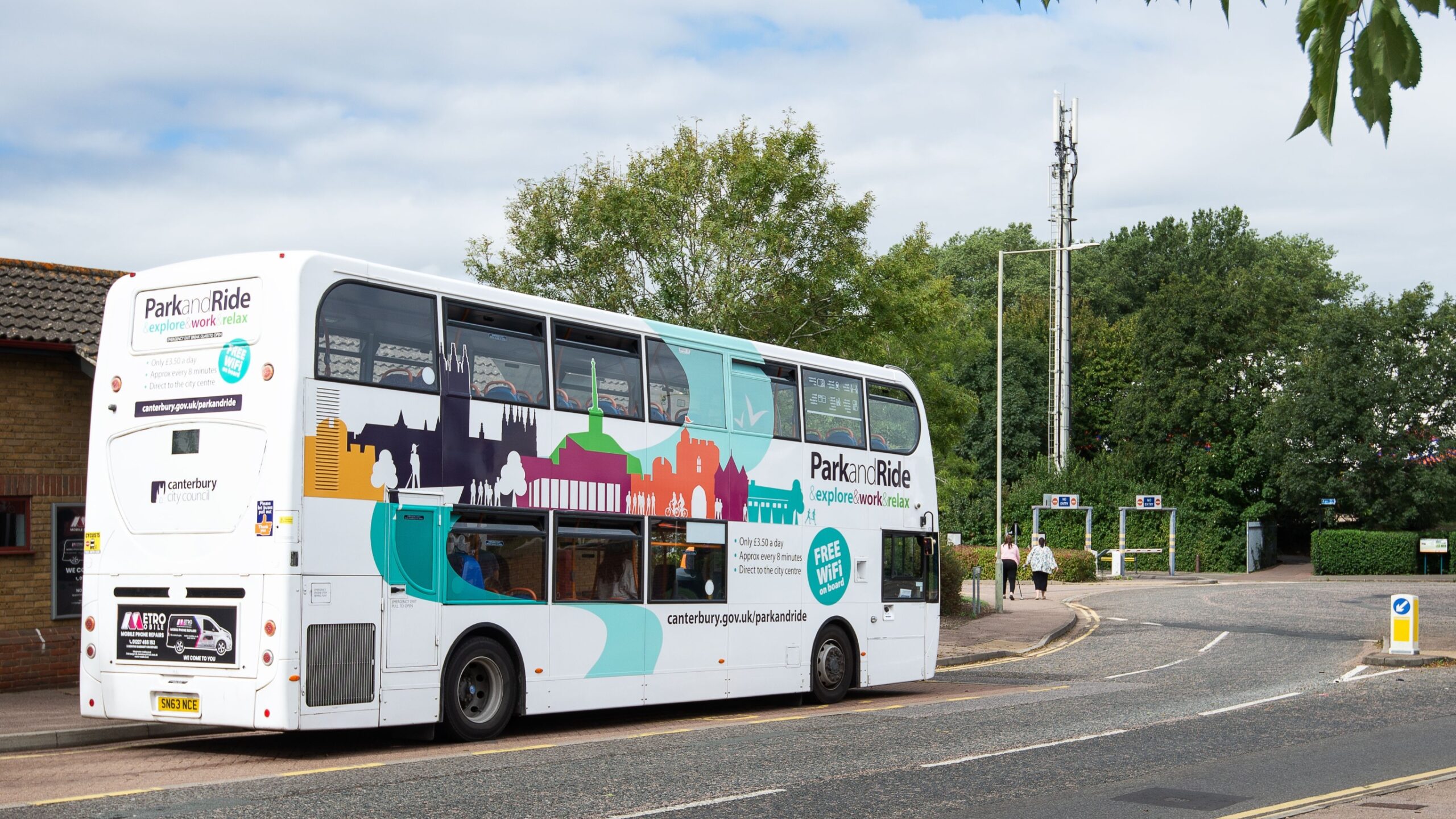I let out a small whoop of joy when the Office for Students added commuter students to the Equality of Opportunity Risk Register.
At last, official status has been given to a group of students that has long been recognised as disadvantaged. By giving them a name and connecting them to a metric, the OfS has made an invisible group of students visible to decision makers in English higher education institutions, who must now recognise, understand and address their needs.
Location and exclusion
As recent Wonkhe articles by Emma Maslin and Lee Elliot Major have highlighted, commuter students do not experience equality of opportunity in higher education. Relocation to attend university has become a predictor of success. Those who do not relocate to attend university, who instead commute to access their learning, have a poorer experience throughout the student lifecycle. From pre-application, including attending open days and choice of institution, through engaging with their learning opportunities, including resources, extra-curricular activities and their learning community, to continuation, attainment and graduate outcomes, being a commuter substantially and negatively affects students’ opportunity to succeed.
In part, this is because higher education pedagogy, policy and processes, including assessments, extra-curricular activities, facilities, learning support and timetabling, have been designed without consideration of the need to travel to access HE.
However, it is also because we have a built environment and transport system that, together, result in transport-related social exclusion for a large number of the population. Put simply, if you can’t get to places, you can’t participate in activities; and the activities that you can’t participate in are important. This includes employment, healthcare, healthy food, leisure, shopping, socialising – and education.
Until recently, studies in transport-related educational exclusion focused on primary, secondary and further education. Transport-related educational exclusion in higher education is a relatively recent phenomenon, emerging as a direct result of widening participation and the massification of HE.
Before the widening participation era, providers did not need to consider accessibility, because all students relocated, to live on or near to campus. Today, however, 40 per cent of students studying at UK HEIs do not relocate. At Canterbury Christ Church University (CCCU), 63 per cent of our students are commuters.
The transport studies literature tells us that those who are most likely to be commuter students are also those who are particularly vulnerable to transport-related social exclusion. The transport system, the spatial structure of the built environment and the provision of services, including higher education, simply aren’t designed to meet their needs.
To support our commuter students, we can learn from the transport studies literature, in three key areas: our definition of commuter student; the data that we need to collect, to understand their needs; and the design of our interventions.
Definition, data, design
Our definition of commuter student must be based on accessibility. Accessibility is determined by person-type, transport system and spatial factors, including the provision of services in time and space. On this basis, we can see that the principal determinant of the accessibility of HE is whether or not the student relocates to attend university.
Commuter students are diverse, demographically and in their interaction with the transport system, but they have in common that they are unable or unwilling to relocate, because of personal constraints; and that higher education, in time and space, is not designed for their needs. These constraints are more pertinent to the difficulties that they face as commuters than time or distance-based definitions.
Taking relocation as a common definition, across the sector, will allow us to collect accurate and consistent data on the number of commuters and the nature of their participation. It also allows us to count commuters and analyse the impact of commuting using the only data that is universally available to HEIs, with a high degree of accuracy and at no additional cost – home and term-time postcode.
This data can be used to calculate accessibility accurately, using transport accessibility software rather than “as the crow flies” distance measures, providing a picture of the true accessibility of HE, by a full range of modes, at different times of the day. From this, we can assess the proportion of students who can access their timetable within a reasonable travel time, or at a reasonable cost.
This definition and these data can support the design of our solutions. For example, at CCCU one third of our students can access campus for a 9am lecture in a “reasonable” travel time (45 minutes), by non-car modes. For these students, decreasing the cost of travel would not be an appropriate solution, because it would not increase accessibility. Rather, increasing the availability of public transport at the origin and destination, changing lecture times or moving to online provision may be more appropriate.
Quantitative data can reveal the theoretical ability of our students to access their learning. Qualitative data is essential, to understand the full range of influences on their actual ability, alongside the efficacy and acceptability of our adaptations.
Stuck in traffic
Higher education institutions have been slow to acknowledge that our students need to travel to access their learning activities, and slow to acknowledge the transport-related educational exclusion that results. However, as we’ve seen, this is not a new problem. There is much that we already know, particularly when we look across to the transport studies literature.
We must borrow from and build upon this literature, to ensure that progress in addressing inequality of opportunity for commuters does not stall. We already know that it is no longer appropriate to provide HE at a time and in a place that assumes that all students live on or near to campus, because our transport system is not suitable for those who cannot relocate to attend university.
We cannot allow debate around definition, data, or evidence-based design of solutions to become an excuse for inaction, which prevents long overdue interventions to support our commuter students.




